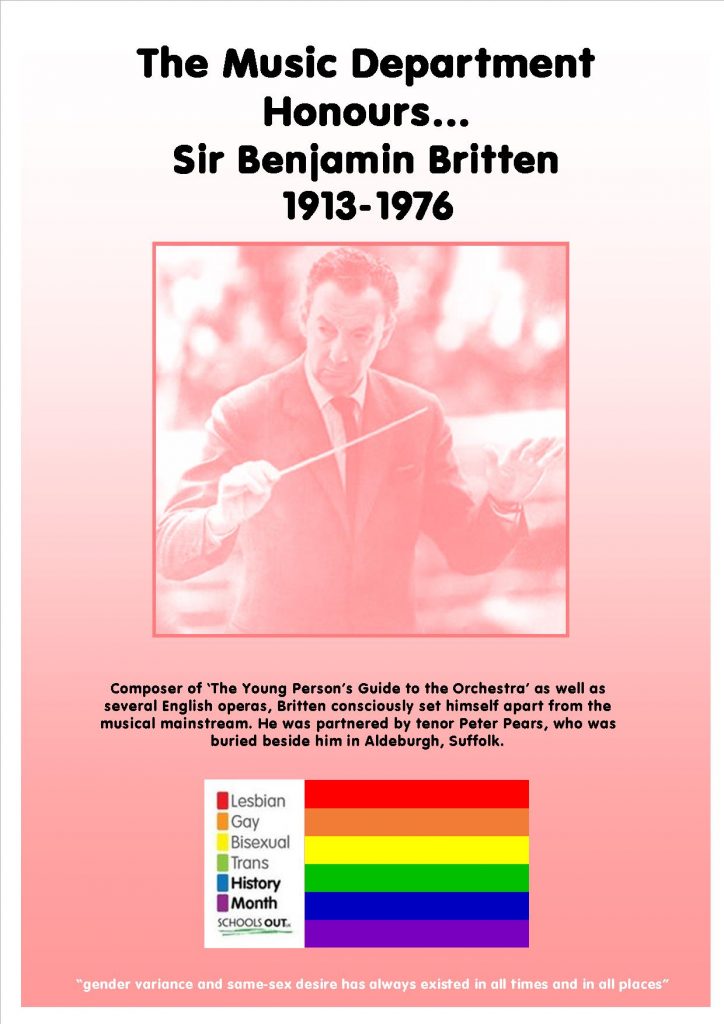

In 2000, law scholar Kenji Yoshino published the influential article "The Epistemic Contract of Bisexual Erasure", which argues that "Straights and gays have an investment in stabilizing sexual orientation categories. The Journal of Bisexuality was first published in 2000 by the Taylor & Francis Group under the Routledge imprint, and its editors-in-chief have included Fritz Klein, Jonathan Alexander, Brian Zamboni, James D. Chapters of bisexual theory also appeared in Activating Theory: Lesbian, Gay Bisexual Politics (1993) and Queer Studies: A Lesbian, Gay, Bisexual, and Transgender Anthology (1996).

Hall edited the collection RePresenting Bisexualities: Subjects and Cultures of Fluid Desire, which turned a bisexual theoretical lens to questions of representation.

In 1995, Marjorie Garber released Vice Versa: Bisexuality and the Eroticism of Everyday Life, a monograph that aimed to reveal a 'bi-erotics' observable across disparate cultural locations, which however draw criticism due to its ahistoricism. The same group published a volume of bisexual theory in 1997, entitled The Bisexual Imaginary: Representation, Identity and Desire. In 1993, at the 11th National Bisexual Conference in the UK, a group of bisexual scholars formed Bi Academic Intervention.

Elisabeth Däumer's 1992 article, "Queer Ethics or, the Challenge of Bisexuality to Lesbian Ethics", was the first major publication to theorise bisexuality in relation to queer and feminist theory. History īisexual theory emerged in the 1990s, inspired by and responding to the emergence of queer theory. Hall, Clare Hemmings, Michael du Plessis, Maria Pramaggiore, Merl Storr, and Kenji Yoshino. Scholars who have been discussed in relation to bisexual theory include Ibrahim Abdurrahman Farajajé, Steven Angelides, Elisabeth Däumer, Jo Eadie, Shiri Eisner, Marjorie Garber, Donald E. In their critique of the frequent elision of bisexuality in queer theory, Serena Anderlini-D'Onofrio and Jonathan Alexander write, "a queer theory that misses bisexuality's querying of normative sexualities is itself too mastered by the very normative and normalizing binaries it seeks to unsettle". Bisexual theory emerged most prominently in the 1990s, in response to the burgeoning field of queer theory, and queer studies more broadly, frequently employing similar post-structuralist approaches but redressing queer theory's tendency towards bisexual erasure. Bisexual theory is a field of critical theory, inspired by queer theory and bisexual politics, that foregrounds bisexuality as both a theoretical focus and as an epistemological lens.


 0 kommentar(er)
0 kommentar(er)
